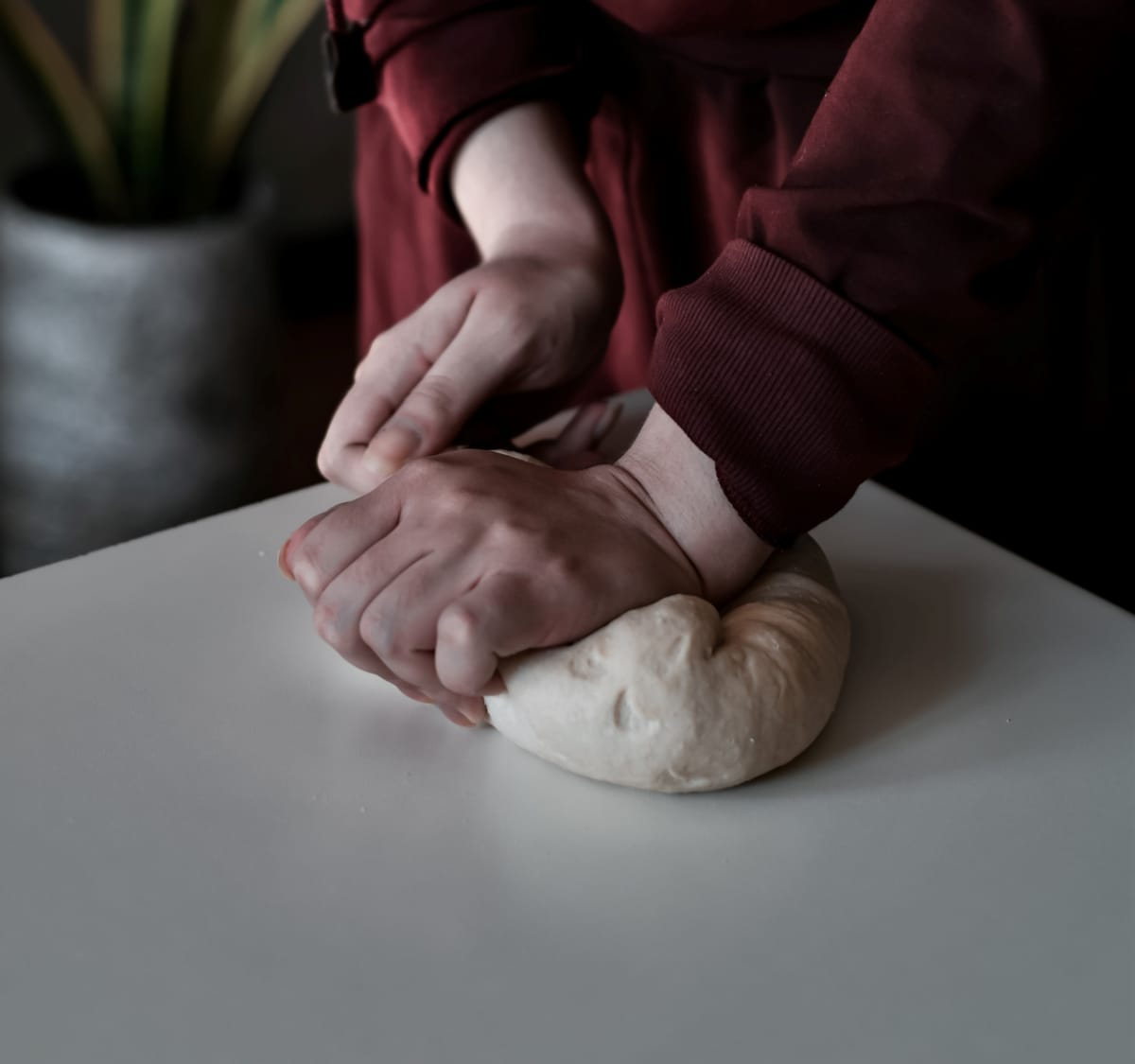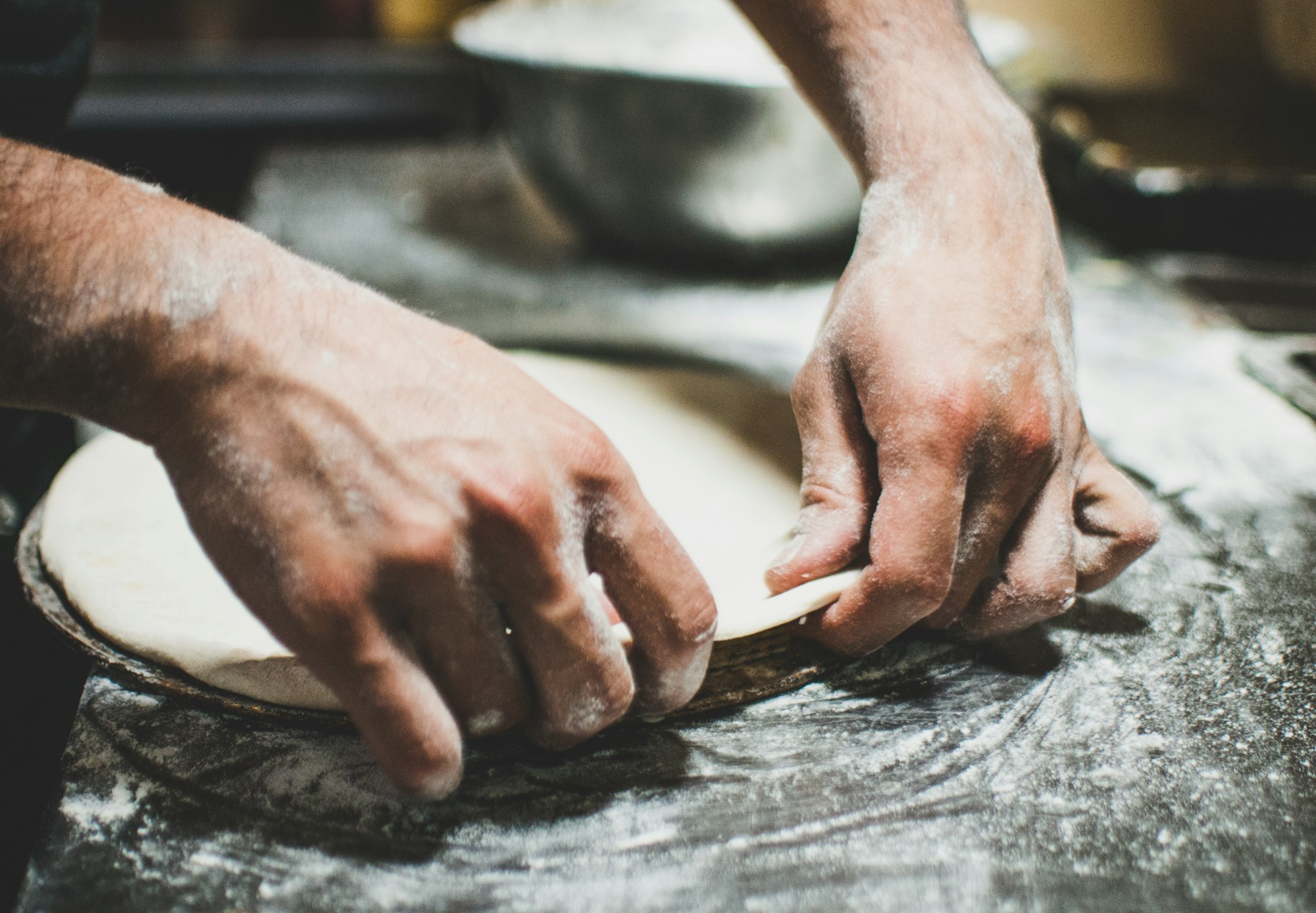Difficulties when making pizza at home

Making pizzas at home has become quite the habit over the past year and I have experienced a few difficulties along the way while experimenting and trying out new recipes and techniques. Some seem obvious and easily avoidable while others are more subtle, so here are some common hardships that I have encountered so that you are prepared too!
Getting to know your oven
I'm putting this one first because I believe it is the most important thing to understand. Using your oven is the final stage in making pizza, and not mastering it might just cause hours of preparation to go to waste. So when you are making pizza, in your oven or someone else's, make sure that you are using it at its highest temperature (somewhere between 250°C and 280°C) with both heating elements on. If using your own oven, you will get to know its hotspots over time by making more and more pizzas, but if using someone else's, watch it like a hawk so that you don't accidentally burn it!
Not enough gluten development
The goal of kneading is to develop the gluten in your dough, which provides structure, elasticity and extensibility so that stretching your pizza is easier. But kneading requires time, a bit of technique and physical effort, and if you are working with a high hydration dough, it is almost impossible. So the way to get around that is to use the stretch and fold technique (to visualise it you can watch this video). To do it, leave the dough in the bowl and stretch one side of it as far as it will go without tearing and fold it back on the dough. Repeat while going around the bowl and you have now developed gluten with hardly any effort. This ensures that your dough will be strong enough without requiring too much technique.
Working with high hydrations
Dough hydration describes the amount of water used compared to the flour and ranges from 0% (no water) to 100% (as much water as flour). The higher the hydration, the lighter the dough will be, but the more difficult it will be to manipulate. So if you are starting out making pizza at home, I would recommend starting at around 60% hydration and working your way up as you get more comfortable. If you find that your dough is too sticky, let it rest for 30 minutes to allow the flour to absorb more water and make it easier to work with.

Shaping the dough
This is for me the hardest part if you are making pizza because it is the most technical step and can quickly go wrong. It is quite easy to make the centre of the pizza extremely thin which makes it more prone to tearing when you add tomato sauce. An important thing to remember if you are starting out is that you should flatten the ball of dough from the outside in, which will give you a larger part of dough in the middle. Once that is done you can flatten the central part so that you have a larger margin of error before making the centre too thin.
Having the pizza stick to the baking sheet
This only applies if you are making pizza in teglia (for more on this style, click here) and can happen if you are using high hydration doughs (70% or more). When shaping this kind of pizza, you have two options: doing it on a work surface in a pile of flour or directly in the baking sheet. I would strongly advise you not to shape it in the baking sheet if your hydration is high, as I have found that even with an extremely well-oiled sheet, it will almost certainly stick. This means that you will have to practice shaping the dough as described above, as doing it in the baking sheet directly is easier, but doing so will make you a better pizza maker in the long run.
Let me know if you have come across these difficulties before and if you have found other ways around them. Don't forget to subscribe so you never miss another post!
